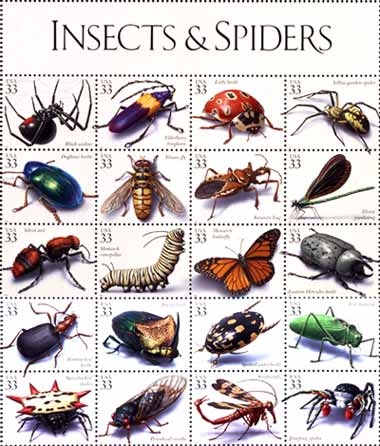Starting from a homology model of the active site of the nicotinic acetylcholine receptor (nAChR) of sensitive pest insects, such as aphids (here, Myzus persicae), a hypothesis for the mode of binding was created for five small-molecule agonists of the nAChR, representing all four chemical subclasses of group 4 in the Insecticide Resistance Action Committee (IRAC) mode of action (MoA) classification scheme. Docking poses of these agonists in the active site of the homology model revealed two major interactions that are common across all investigated compounds: 1) a water-mediated hydrogen bridge towards the backbone of the b subunit of the receptor. 2) an interaction with a conserved cluster of aromatic residues from the a subunit. Interactions 1 and 2 result in nice spatial alignment of all five agonists within the active site. 3) The four synthetic agonists carry a head group that forms a hydrogen bridge towards a charged arginine residue from the b subunit, which is known to be crucial for high-affinity binding and pest sensitivity. Interaction 3 is not only absent for the vertebrate toxic plant derived alkaloid nicotine, but is replaced by a weak electrostatic repulsion.
Source: Beck et al. (2015) ChemPhysChem DOI: 10.1002/cphc.201500341

- Log in to post comments
